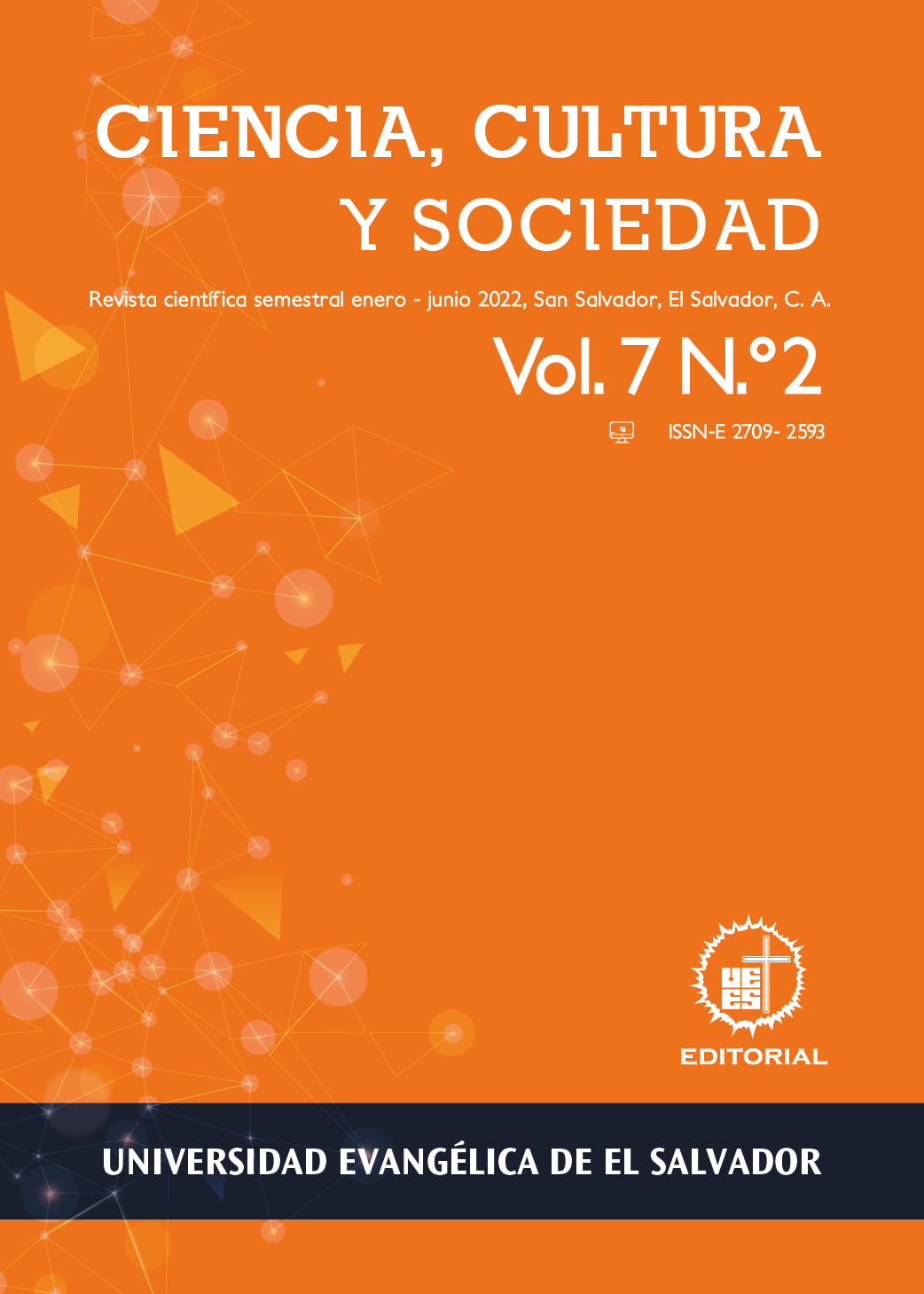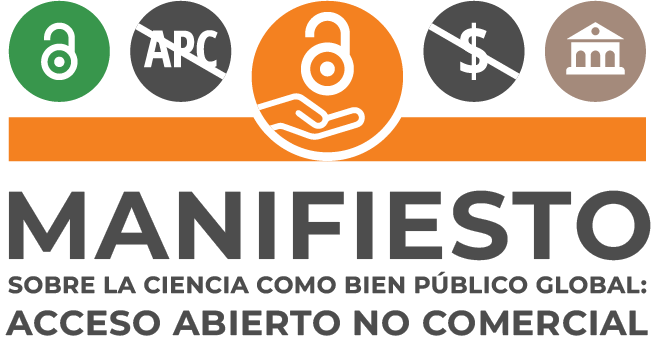US deportations. to El Salvador during 2019: an approximation to the profile of deportees
DOI:
https://doi.org/10.5377/ccs.v7i2.14492Keywords:
Deportee, returnee, returnees, deportation profile, care programs, El SalvadorAbstract
The arrival of Donald Trump in 2016 to the US presidency generated expectations of mass deportations for El Salvador. This documentary and descriptive work tries to identify the flow of deportations of Salvadorans during 2019, characterize an approximate profile of the deportee and identify some state/government programs of attention and assistance to deported/returned people. To identify the flow of deportations, the records of the General Directorate of Migration and Foreigners (DGME) were consulted to characterize the approximate profile of the deported persons. However, as there are no national databases, the Survey on Migration on the Southern Border of Mexico (Emif Sur), administered to deported Salvadorans ("returned" in the Mexican jargon of the survey) by US authorities, was consulted. , during the years 2018-2019. To identify support programs and projects, a search of the websites of state public institutions was carried out. In them, a variation of 205,948 more entries was found during 2019 than 2018 and 215,464 more exits in the comparison of the same years. Also, there were 3,235 more deportations by air and 7,277 more by land, for a total of 10,512 more deportations than in 2018. An approximate profile was obtained, applying a series of variables compatible with the Emif Sur survey, and some care programs were identified. It is concluded that the deportations have not been massive as expected, the profile of the deportees is characterized by the intention to return, fear and uncertainty of return. In addition, local care and support programs are insufficient
Downloads
Published
Issue
Section
License
Copyright (c) 2022 Revistasenliea

This work is licensed under a Creative Commons Attribution-NonCommercial 4.0 International License.
Los artículos de Ciencia, Cultura y Sociedad están publicados en acceso abierto bajo una licencia CC BY-NC-SA 4.0 de la Universidad Evangélica de El Salvador.


















